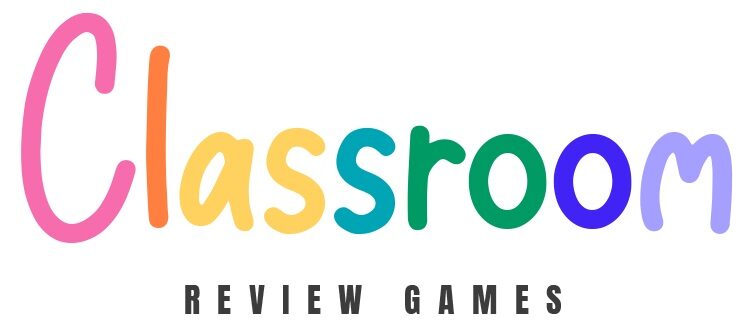7 Classroom Gaming Fundamentals With Examples
Classroom gaming fundamentals are the main ideas behind using games to help students learn in school or game-based learning. Think of it like mixing playtime with learning. The goal is to make school subjects more fun and interesting so kids want to learn. Here’s a bit more detail:
1. Engagement
Games make learning fun and exciting. When students enjoy what they’re doing, they pay more attention and learn better.
Example:
Imagine a math class where students play a game on a computer or tablet instead of just doing sums on paper. In the game, they might go on a treasure hunt, and to find the treasure, they have to solve math puzzles. This way, math feels like a fun adventure, not just homework.
2. Interactivity
In games, students don’t just sit and listen; they actually do things. This hands-on approach helps them learn by doing, which is really effective.
Example:
In a history lesson, there’s a game where each student becomes a character from the past, like a king or a queen. They make choices in the game that change the story. This helps them understand history better because they’re actually part of the story.
3. Feedback
Games give students quick responses about how they’re doing. This instant feedback helps them learn from mistakes right away and feel proud when they do well.
Example:
In a science quiz game, after answering a question, the game immediately shows if the answer is right or wrong and explains why. This helps students learn the correct information quickly and remember it better.
4. Adaptability
Games can change to suit each student’s learning level. So, whether a student finds the work easy or hard, the game adjusts to their level, keeping them challenged but not overwhelmed.
Example:
If a student is really good at English vocabulary, a language game can make the words harder. But if another student is still learning, the game uses easier words. This way, everyone gets to learn at their own pace.
5. Motivation
Games make learning more motivating. They often have rewards like points, levels, or badges, which make students want to keep going and do their best.
Example:
In a language learning game, students earn points for each new word they learn and use correctly. As they collect more points, they move up to new levels or unlock cool badges. This makes them excited to learn more words and progress in the game.
6. Collaboration
Many games encourage students to work together. When students team up, they can help each other learn and solve problems, which is a great skill to have.
Example:
In a geography game, students are put in groups and have to solve challenges about different countries. They might need to work together to figure out a country’s climate or landmarks. This team effort teaches them how to cooperate and learn from each other.
7. Skill Development
Games are great for teaching important skills like thinking critically, solving problems, and making decisions.
Example:
In a strategy game used during math class, students might need to build a city. To do this, they have to plan carefully and make smart choices about where to put buildings and how to spend their resources. This kind of game helps them think more deeply and solve problems creatively.

